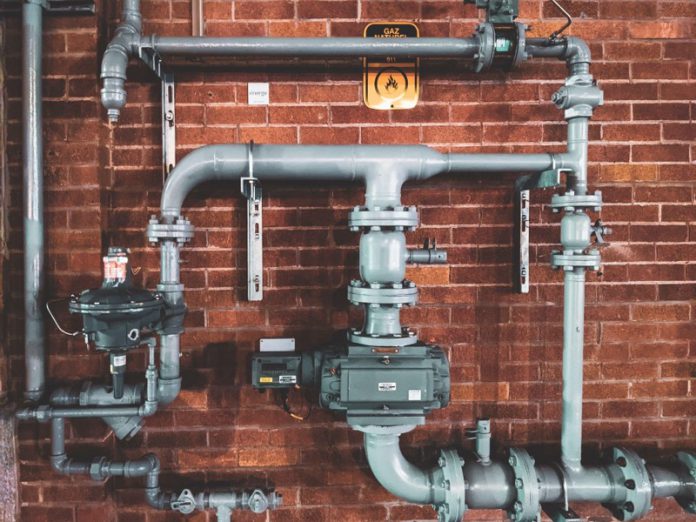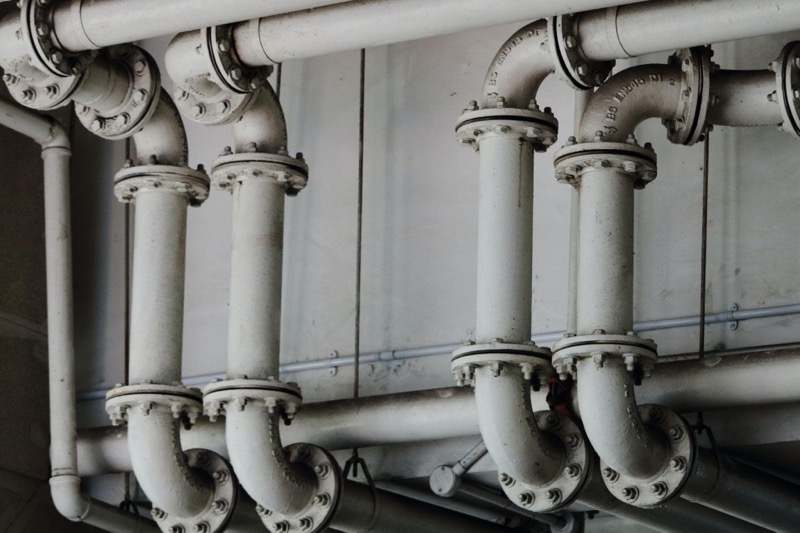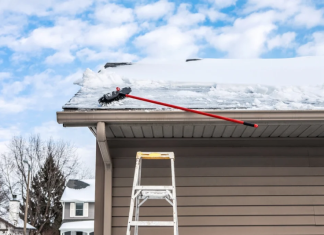Pipe relining is an effective and cost-efficient solution to protect against structural damage to pipes. Relining can even be completed within one day!
Traditional pipe replacement methods involve digging up walls, gardens, driveways and concrete slabs in order to install new pipes for broken ones. It is an expensive and disruptive undertaking for property owners.
Repair Pipes or is Pipe Relining Right For You?
If your drains are broken and clogged, or flooding threatens, it might be time to call in professionals for repair. Your options include pipe relining or replacement.
Pipe relining is a new innovative plumbing technology which restores damaged drains without replacing them entirely; it is less invasive and cost effective than traditional methods and conducted aboveground.
Plumbers using this technique insert an epoxy resin tube into a damaged pipe and inflate it using compressed air, inflating it to mold its lining into place within its old pipes and restore proper flow. In contrast to pipe replacement which requires excavating trenches, relining can usually be completed in as little as 24 hours.
Traditional pipe repairs often require extensive excavation, which can damage your landscaping and interrupt daily life. Furthermore, excavation costs up to 40% more than relining.
Relining is also a more eco-friendly option, reducing waste sent to landfills while minimising disruption to both home and landscaping. Furthermore, this method could save the expense associated with hiring contractors to dig up and remove your pipes.
Pipe relining involves having your plumber create an access point near a damaged section of pipe and spray or pour in a lining material that hardens into place within it to form a new pipe within your existing one, thus restoring normal pipe flow, improving water pressure, and preventing backflow.
This process helps prevent backflow of sewage into our environment. This is how sewage pipe relining can help to protect the environment. This is very important for local health and safety.
This process is significantly cheaper and has minimal environmental impact when compared to traditional pipe replacement, providing homeowners with busy lives a quicker solution without costly or disruptive repairs.
Before resorting to more drastic measures such as pipe replacement, it is usually wisest to explore less-than-invasive solutions first. If your pipes appear damaged, consult with a reputable plumber or rooter specialist about regular inspections that could detect issues before they become major problems.
Traditional pipe repair can be an inconvenient and time-consuming task that involves digging up your pipes, extracting damaged sections and installing replacement ones. Therefore, when considering trenchless technology such as pipe relining versus traditional repair methods it’s essential to compare their advantages.
Pipe relining services can often be completed in as little as one day, making them much quicker than traditional methods. Furthermore, less labor and equipment is needed, helping reduce cost.
Symptoms of chronic plumbing issues such as clogging, backflow and drain blockages could signal it is time to have your pipes relined. Damaged or worn-out pipes due to age, corrosion or wear and tear often manifest these problems – although sometimes this can be hard to tell without consulting with a professional plumber who will conduct an assessment using cutting-edge technology. You can visit this site: https://www.electrochem.org/corrosion-science/ for more information on corrosion.
Once your assessment is complete, a trusted professional will decide if your pipes can be relined; otherwise, they may need to be completely replaced.
Sometimes relining isn’t possible; when this occurs, an experienced plumber will offer up alternative methods of repair to ensure your sewer and water pipes remain operational.
If you need guidance when it comes to choosing an approach, professional plumbers can assess your situation and offer honest advice as to which solution will best suit your needs and budget. When your pipes require repair or you want to extend their lifespan as much as possible, get in touch with a pipe relining expert and see what they can offer you.
Pipe Relining Benefit
One advantage of the relining process is its flexibility – it can fit into your free time, enabling you to get back to work more quickly. Furthermore, this procedure is significantly faster than traditional repair methods, making it ideal for commercial properties which must remain up and running quickly.
Plumbing issues can have a significant impact on the environment. You can visit this helpful site for more information about sewage leakage.
However, it should be noted that relining is not suitable in every circumstance. If your pipe exhibits significant sag or misalignment, replacement will likely be required. Furthermore, this process may not be suitable for older pipes nearing their end of lifespan.
Despite these restrictions, relining remains an excellent solution for many residential and commercial properties alike; to learn more contact a local plumber who will advise on which solution would be ideal for your property.
Trenchless pipe repair utilizes existing underground piping as hosts for new replacement pipes. A camera inspects lines to identify damaged areas before opening one or more access points at such spots where access is necessary – an approach suitable for replacing both sewer and water pipes.
No matter the method chosen for pipe repair or replacement, it is always advisable to begin by thoroughly cleaning out the affected area of pipes. This step helps remove debris that has built up over time such as dirt, hair and other forms of waste that could potentially clog or burst them.
In addition, cleaning all lengths of pipe may help identify corrosion damage that threatens its integrity if that has happened.
Contractors that specialize in pipe repair or replacement can use an inversion technique to create a new pipe within an existing one – this method can be particularly helpful for larger pipes used in industrial and municipal networks.
CIPP projects tend to cost eight times less than traditional rehabilitation projects and don’t necessitate digging up streets or hauling away excavation debris.
A professional plumber can assist you in deciding which method of pipe repair is best suited to your property. Be sure to do your research in order to find plumbers with an excellent track record and positive reviews in order to ensure the best possible results.
Conducting research about the type of repair can help you make an informed decision about the process.
















